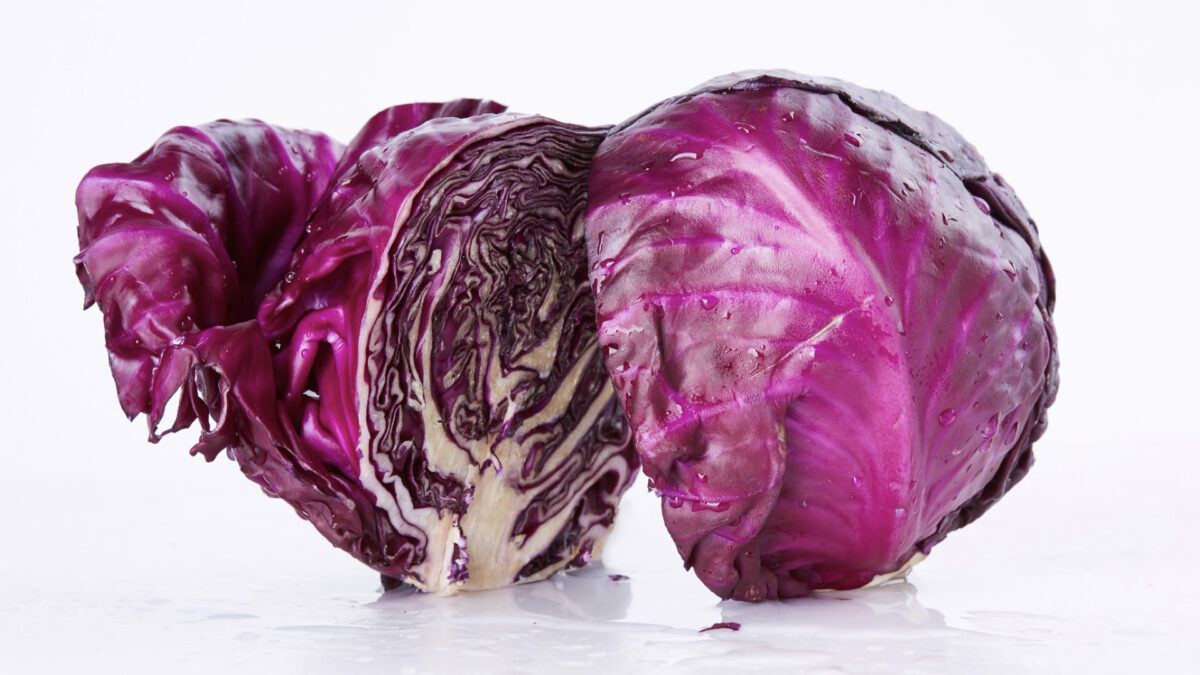LDL cholesterol is bad, but oxidized LDL can be even worse. What role can our diet play? “There has been an increase in fruit and vegetable consumption cut down the risk of developing CVD ”: cardiovascular disease, heart attacks and strokes.
This may be due in part to all the antioxidants in healthy plant foods that prevent the oxidation of LDL cholesterol. In fact the resistance to oxidation of LDL was found to be bigger among those who eat more herbal, that too benefited of lowering blood pressure and lowering LDL in general. You don’t know if it’s cause and effect, until you put it to the test. So researchers to put people with a whole food, plant-based diet for only three weeks and rates and degree of oxidation of LDL he fell.
Cabbage is a super food
The effects of kale on LDL oxidation were also tested. Cabbage is a super food in the world: low in calories and full of nutrients, including vitamins, minerals, anti-inflammatory compounds, antioxidant phytonutrients and more. Given its high antioxidant capacity, it is not surprising that cabbage, even in low concentrations, shown a protective effect on LDL oxidation.
A study showed drinking kale juice improves risk factors for coronary artery disease in men with high cholesterol. Extraordinary results were shown, including a 20 percent drop in bad LDL cholesterol among non-smokers. Participants drank the equivalent of about ten cups of kale a day. However, the fact that they could see an improvement even if the subjects drank juice with all the fiber removed shows that there really seems to be something special about the plant.
Effect of red cabbage
Researchers tested the effect of black cabbage (Lacinato kale, also known as dinosaur or Tuscan cabbage) and red cabbage on oxidized LDL. Every day for two weeks, the subjects ate a bag of frozen cabbage, which could be conveniently kept in the freezer, washed and pre-cut, ready to add to any meal. This resulted in significant reductions in total cholesterol, bad LDL cholesterol and even blood sugar levels, and increased antioxidant capacity in your blood. It is therefore not surprising that the “results also show a significant decrease” in oxidized LDL.
Would it have been better to take that red cabbage and ferment it in sauerkraut? Red or purple cabbage is a great vegetable. Packed with antioxidants but very economical, it lasts months in the fridge and is very tasty. It doesn’t ferment because it has salt. In the hours after eating fresh red cabbage, there is a large increase in the antioxidant capacity of the bloodstream. If you eat the same amount in fermented form, however, this antioxidant radius is reduced by almost 30 percent.
Does that mean you have to eat raw cabbage?
No, some cooking techniques can improve the antioxidant activity of red cabbage and red cabbage. “The effects of the cooking process can be positive as cooking softens plant tissues, facilitating the extraction of bioactive compounds,” that is, helping your body to extract the active components. “However, cooking can also be negative, because heat treatment can degrade these compounds.” Looking at a variety of different cooking methods, the researchers concluded that “steam can be considered the best home cooking technique for preparing red cabbage and red cabbage.” But with such healthy foods, the best preparation method is the one that will make you eat the most.


Comments are closed.